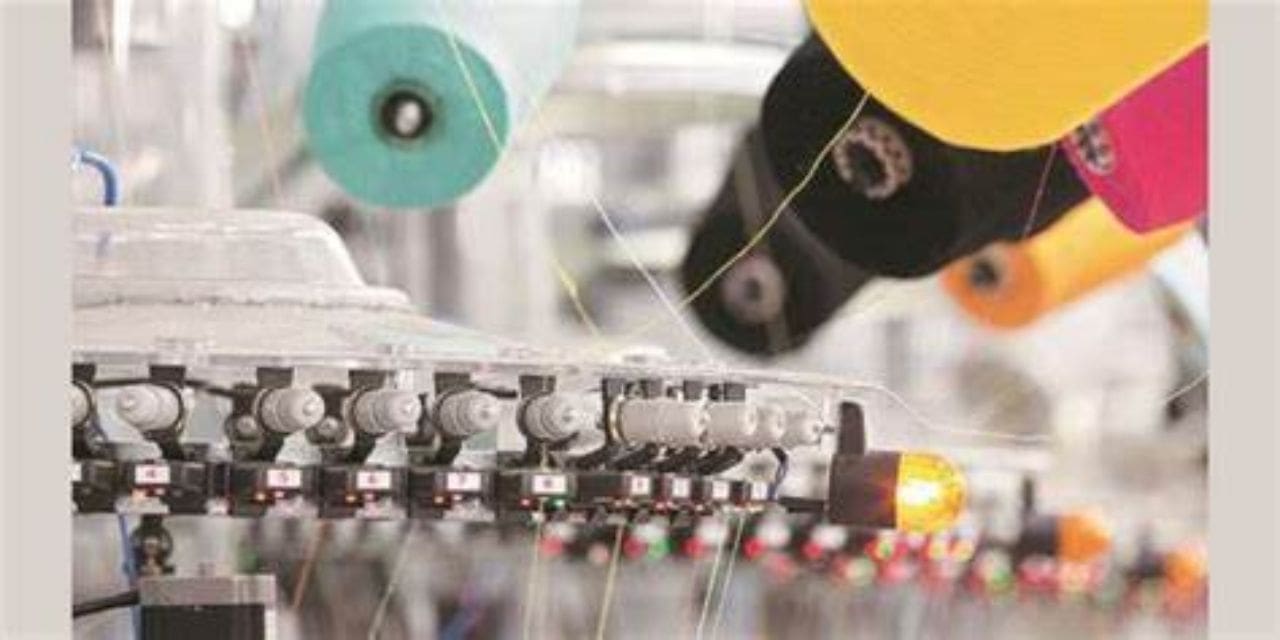15July New Delhi/ Gurugram: The apparel sector has put out several demands for the next Union Budget 2024 through the Apparel Export Promotion Council (AEPC), the leading organization for promoting garment exports in India.
“With the entire value chain and commitment to compliance-driven quality products, India is all set to unleash its prowess in the textiles and apparel sector by being a significant global player,” stated Shri Sudhir Sekhri, Chairman of AEPC. The long-term strategy for programs pertaining to the apparel industry will stabilize the regulatory framework and be a proactive measure to support the nation’s garment exports. According to Shri Sekhri.
“This labor-intensive sector needs the right push and all the support from the Government as it holds the key to the generation of massive employment opportunities for the youth and women’s empowerment, which in turn can drive the change in the socio-economic landscape of the country,” stated Shri Mithileshwar Thakur, Secretary General of AEPC.
Here are the few top recommendations/ wish list from the government in the ensuing budget.
– AEPC requests to increase the rates under the Interest equalization Scheme to 5% for all the Apparel exporters for a period of 5 years. This will increase the apparel industry’s competitiveness in the international market.
– All types of trimmings and Embellishments should be covered under Import of Goods at Concessional Rates of Duty Rules (IGCR Rules)
– Timeframe for utilization of Trimmings and Embellishments imported under Import of Goods at Concessional Rates of duty Rules (IGCR Rules) should be extended to 1 year
– Import of courier mode shipments should also be allowed the duty-free benefit under IGCR. At present trimmings and embellishments are allowed duty free under IGCR is available only for shipments done under cargo mode and not under courier mode.
– Lowering customs duties on expensive textile machinery is a good idea. For three years, the customs charge should be reduced to zero percent in order to facilitate technological advancements. To promote foreign investment in the production of textile machinery, a high tariff wall should be erected on its imports.
– Proposal to standardize GST across the whole value chain: a consistent 5% GST for all fibers across the value chain. The final good, or clothing, is subject to a lower GST rate than the inputs used to make the man-made fabric portion (yarn and fibre). While the GST rate is 18% for fiber, 12% for yarn, 5% for fabric, and 12% for apparel valued at more than Rs. 1000, the GST rate is 5% for apparel valued at less than Rs. 1000.
– Request to provide subsidized loans for readymade garment manufacturers who incorporate organic, locally sourced inputs and invest in green technologies.

